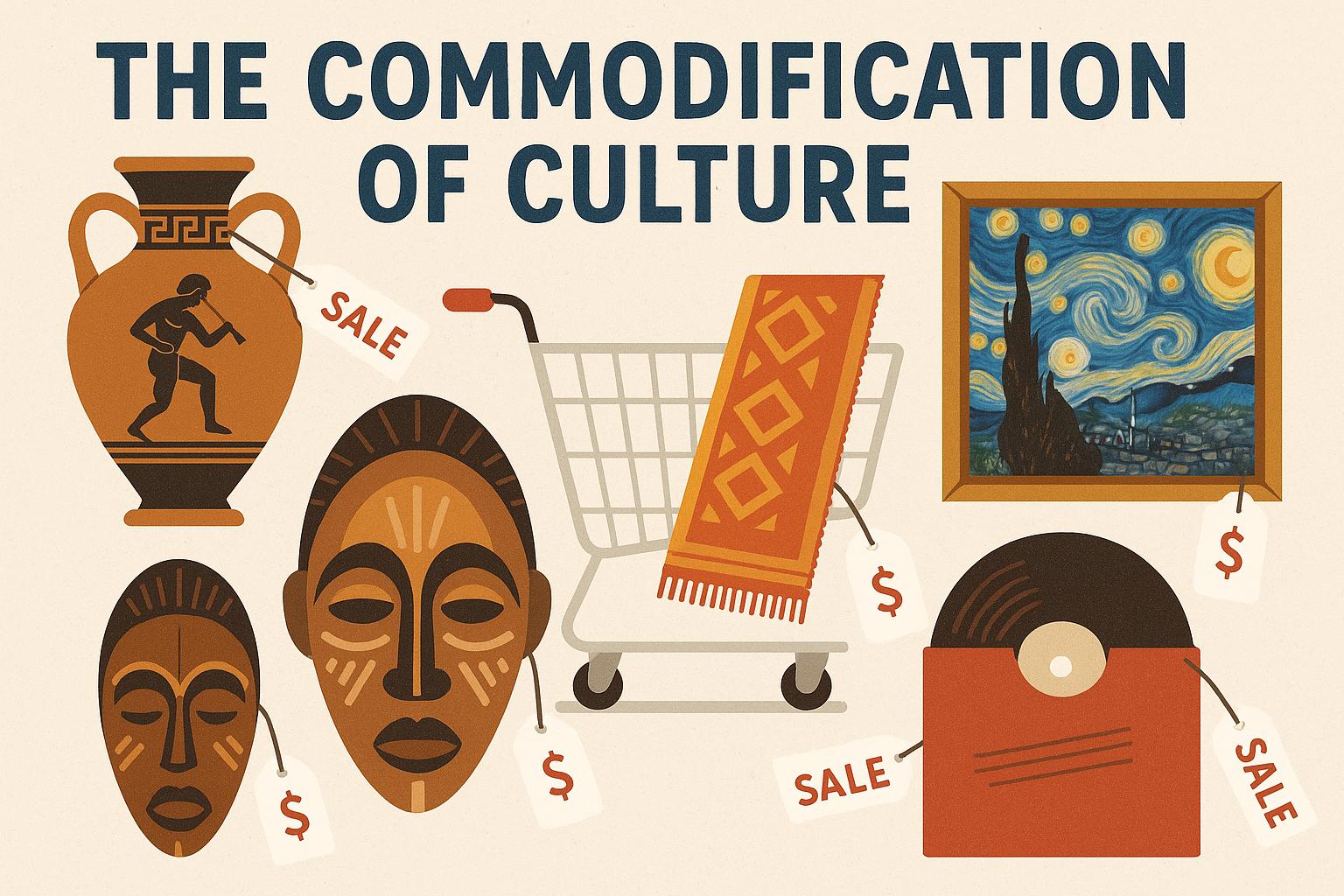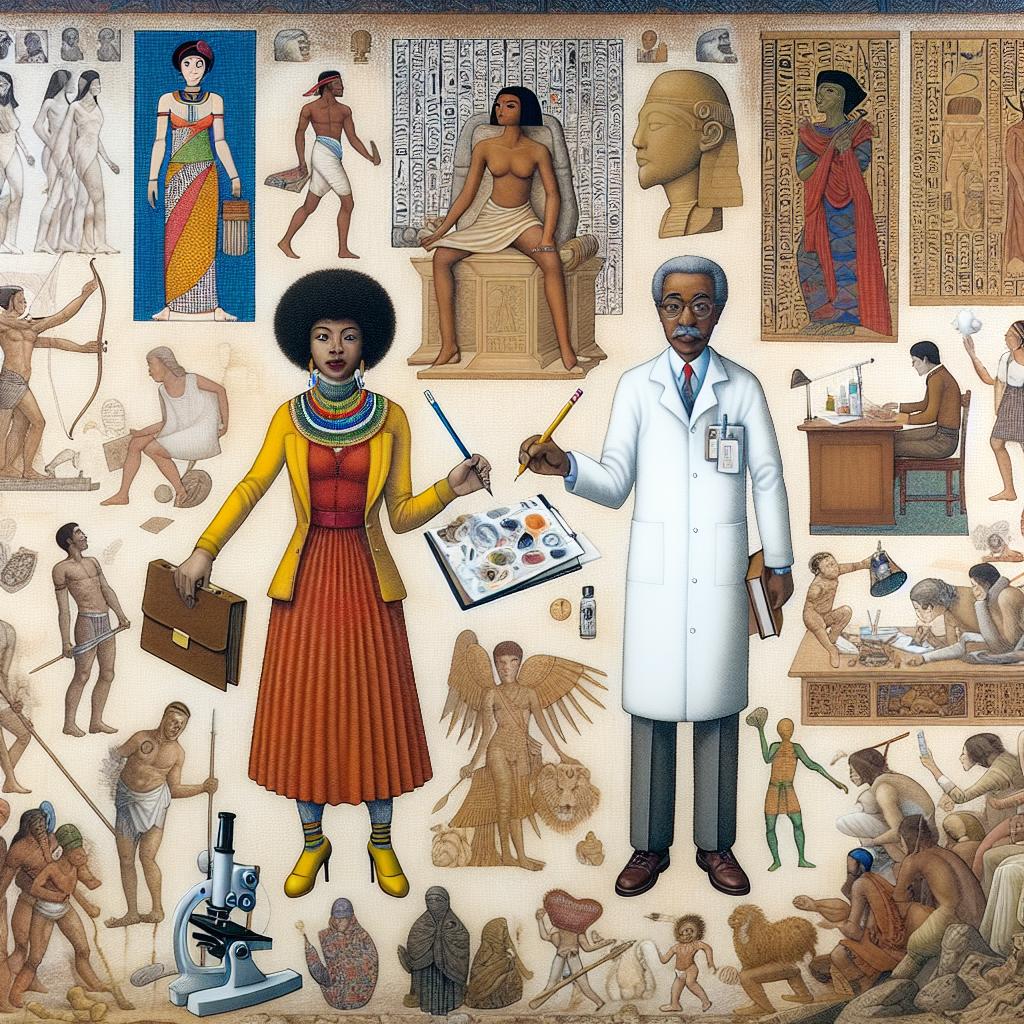Introduction to Art and Activism
Art has long been a vehicle for social change, influencing perceptions and promoting discourse around critical societal issues. Activism, when intertwined with art, can amplify messages, evoke emotions, and inspire collective action. This combination harnesses the power of aesthetic experience to challenge norms and champion diverse causes.
Historical Context
Throughout history, art has played a pivotal role in political and social movements. During the 20th century, art became a significant tool in various campaigns for civil rights, gender equality, and environmental consciousness. For instance, during the Civil Rights Movement in the United States, artists utilized visual media to highlight injustices and call for progress. Similarly, the feminist movement leveraged art to challenge gender roles and advocate for women’s rights. These instances are merely highlights in a vast tapestry of historical instances where art and activism have intersected.
Art in earlier centuries served as a commentary on prevailing social conditions and often depicted scenes that criticized or satirized the existing societal order. Take, for example, the works during the Romantic period, where artists used their canvases to capture the grim realities of industrialization and colonialism. This subtle yet powerful form of advocacy laid the groundwork for subsequent generations to use art more explicitly as a tool for activism.
Artistic Innovations and Movements
As time progressed, artists developed new techniques and mediums to express their messages more vividly. The 20th century witnessed numerous art movements that emphasized activism, ranging from Dadaism to Surrealism, which used confusion and abstraction to break free from societal constraints. These movements equipped artists with the needed repertoire to address political and social concerns through varied perspectives.
The emergence of digital art forms in the late 20th and early 21st centuries brought about another transformation. Digital platforms allowed for the dissemination of artistic content on a global scale, reaching audiences far beyond physical galleries and traditional exhibits. This shift democratized the consumption and production of activist art, making it more accessible and impactful.
Forms of Art in Activism
Visual Art: This includes paintings, murals, and installations that convey potent messages. Graffiti and street art, often accessible to the broader public, have become popular methods for disseminating activist messages. Consider the works of artists like Banksy, whose stencil art often critiques political systems and consumer culture, spotlighting issues that demand attention. Through such visual expressions, artists provoke thought and encourage dialogue among viewers.
Performing Arts: Theatre, dance, and music are dynamic forms that can capture attention and communicate complex issues emotionally and intellectually. Theatre of the Oppressed, developed by Augusto Boal, is one such example where performance is used as a rehearsal for social change. Performances like these encourage audience interaction, blurring the lines between spectator and participant. Music festivals and concerts dedicated to social causes also play a critical role in activism, with artists using their platform to address concerns ranging from climate change to human rights.
Literary Arts: Poetry, prose, and spoken word often give a voice to marginalized groups, shedding light on personal experiences and societal imbalances. Through carefully chosen words and compelling narratives, literary artists touch the core of human emotions and confront readers with the truths of others’ lived realities. Consider movements like the Harlem Renaissance, where African American writers and poets used literature to express their frustrations and hopes in an era of racial segregation and inequality.
Film and Documentary: Film as a medium has significantly influenced public opinion and highlighted underreported issues. Documentaries, in particular, have played a vital role in educating audiences and catalyzing action by presenting unfiltered realities of various social problems.
The Impact of Art in Social Movements
Art can transcend linguistic and cultural barriers, offering unique educational opportunities about social issues. It serves as both a mirror reflecting societal challenges and a window into envisioned societal changes. By providing alternative narratives and perspectives, art challenges the status quo. Through visual and experiential interpretations, it enables audiences to see beyond their own biases and assumptions, fostering empathy and understanding.
Engaged art also galvanizes communities, often rallying people around specific causes. Artists, through participatory and collaborative projects, involve local communities, empowering them and making them stakeholders in their advocacy. Such initiatives create a sense of ownership and purpose, thereby amplifying the art’s impact.
Furthermore, art in activism often gives visibility to individuals and groups who might otherwise remain voiceless. This empowerment strengthens community ties and fosters resilience in the face of adversity.
Challenges and Controversies
While art can be a powerful activist tool, it is not without challenges. There is often debate over the line between activism and art for art’s sake. Additionally, questions around funding, censorship, and ownership can complicate the relationship between art and activism. Certain governments and institutions may also impose restrictions on activist art, deeming it politically sensitive or subversive.
In many instances, the intent of the artist may be misinterpreted, leading to controversy or backlash. Moreover, commodification of activist art poses ethical questions – Is it appropriate to monetize pieces that were initially created for advocacy? There exists a delicate balance between maintaining artistic integrity and ensuring the sustainability of art projects within an economic framework.
Conclusion
The interplay between art and activism continues to be a crucial aspect of contemporary society. By fostering dialogue and engagement, art drives movements and encourages public awareness on pressing global issues. As both fields evolve, their interconnection will likely continue to influence the trajectory of social change initiatives. Through innovative expression and unyielding dedication to advocacy, art maintains its position as a transformative force that can reshape societal landscapes and advocate for a more equitable future. As the world faces new and ongoing challenges, the role of art in activism remains invaluable, persistently championing for a better tomorrow.



